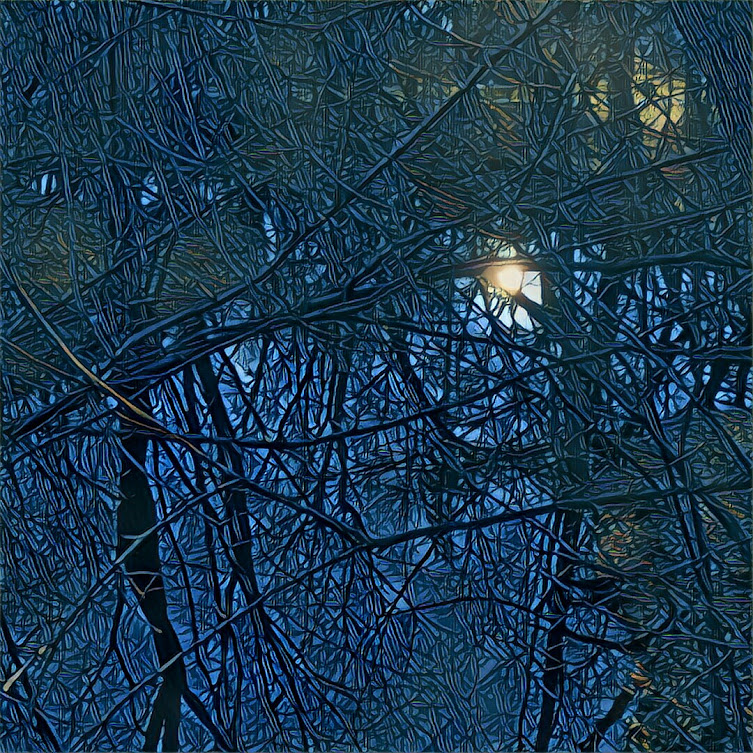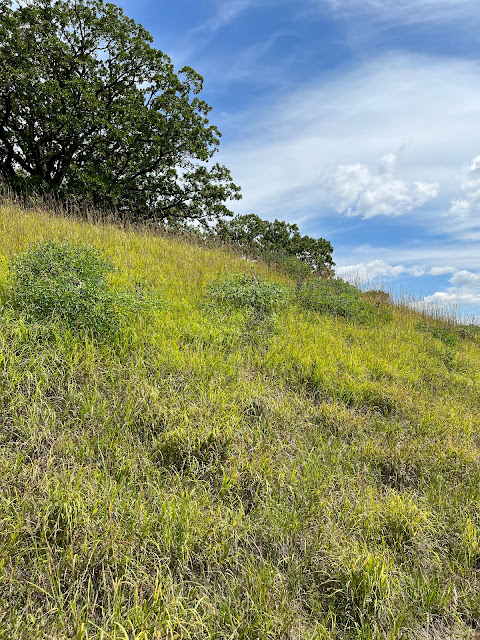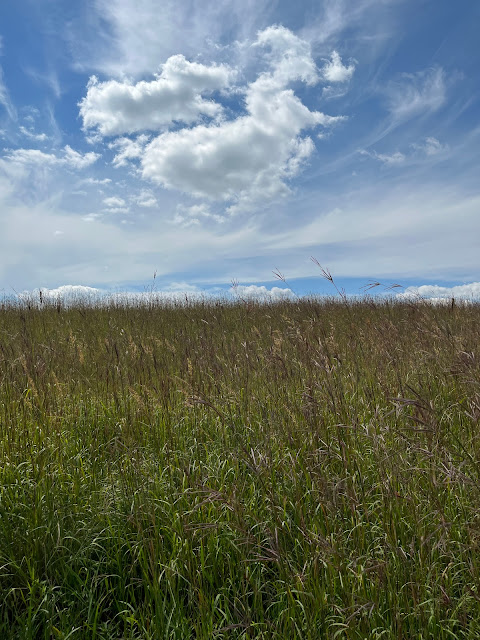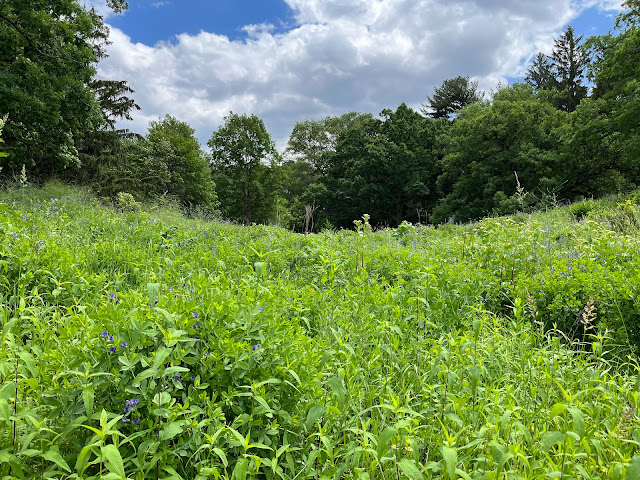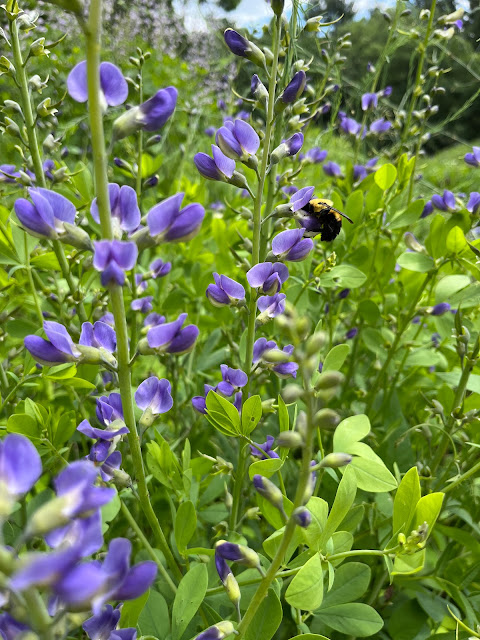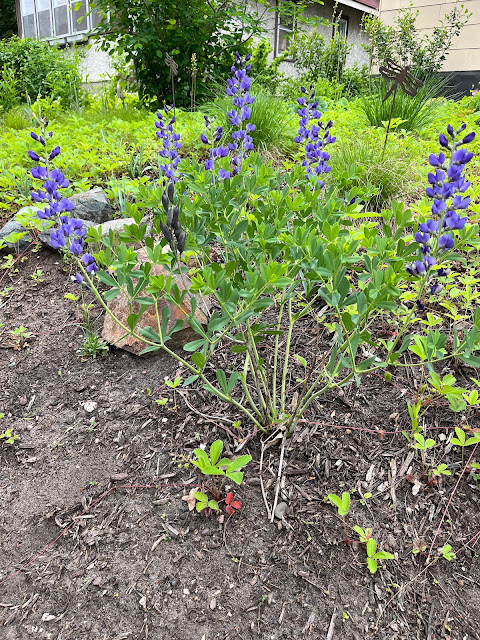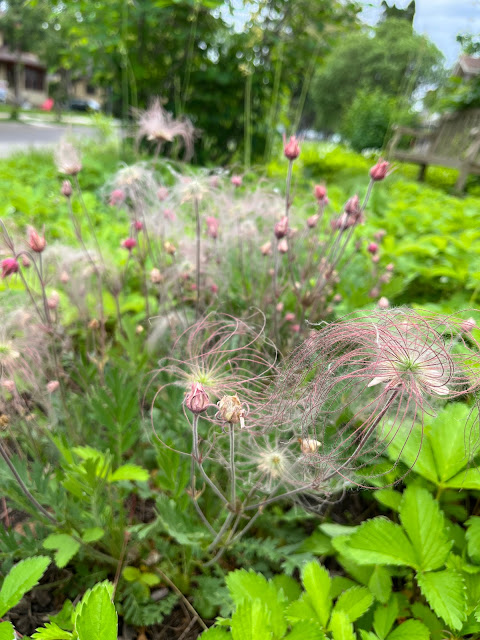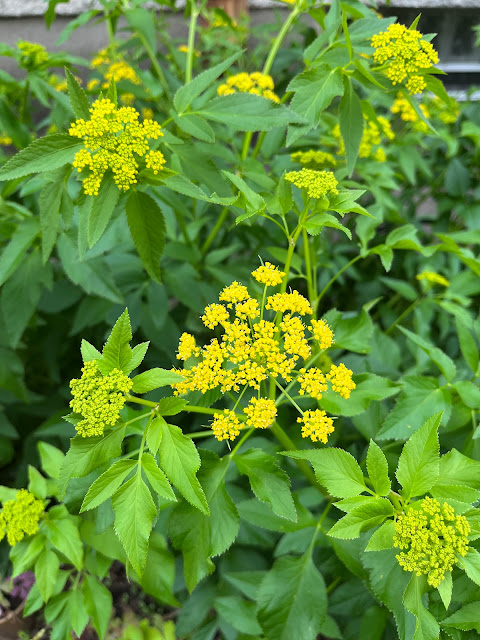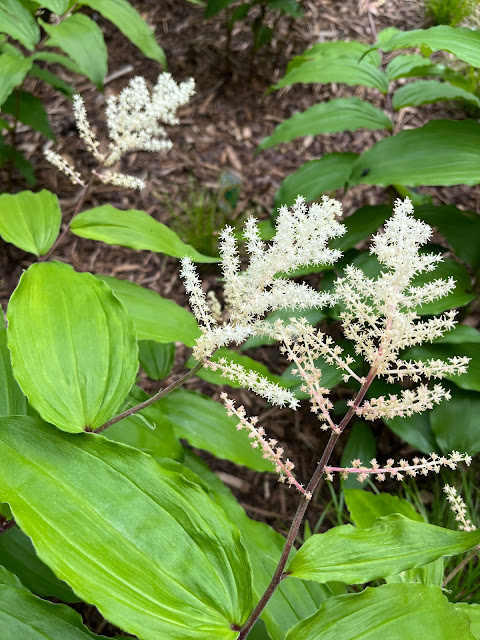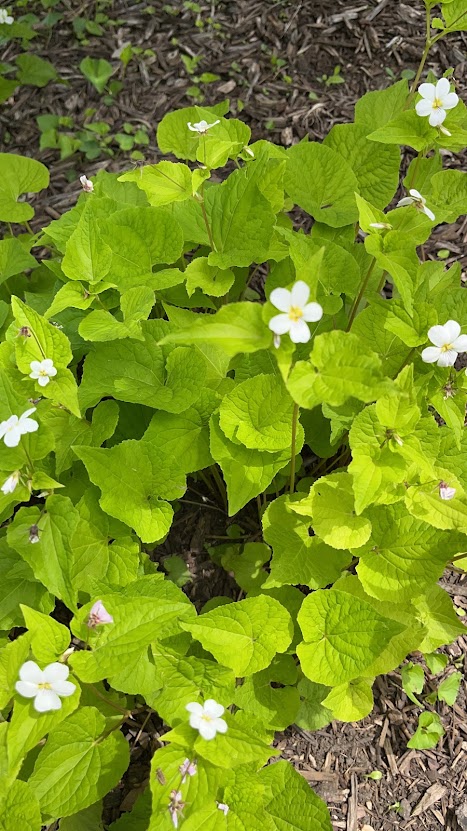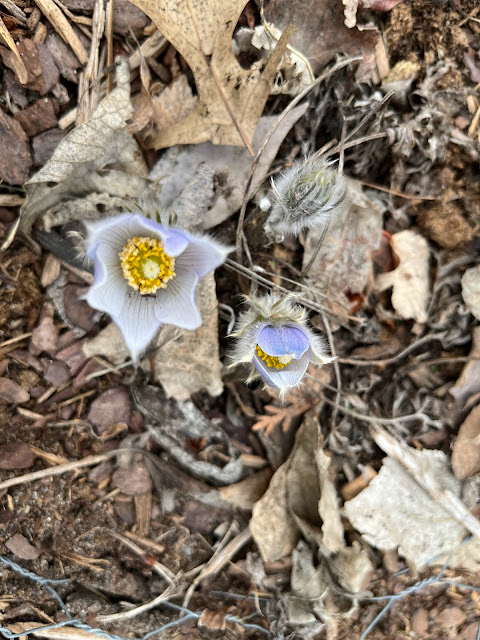Eastern cottontails hop down sidewalks. Red-winged blackbirds chase trumpeter swans who float too near the nest. Snapping turtle lays her eggs next to Wood Lake. First-of-year monarchs, Eastern swallowtails, American lady butterflies. So many firsts already past. The wild lupine and blue wild indigo are blooming. A pair of blue herons wings by my window.
A squirrel chewed through a fascia board and has taken up residence in our attic. If a house is a sort of person (and why not?), then the attic is its head. A squirrel in the attic, looked at as a metaphor, could symbolize circling thoughts? A trapped feeling? Or maybe finding a temporarily safe place to rest? Bats in the belfry....
Ants find a crack in the siding and crawl in ones and twos over the kitchen counter, wondering about this strange new world of white quartz. I pick them up and they anxiously explore my hand or arm as I carry them outside into the garden. Be free, little ant. Be free, squirrel.
One day, a terrible continuous thunder fills the air and almost flattens me to the ground. High overhead, I see four ghostly fighter jets, one after the other. I can barely see them, but still need to cover my ears for minutes after they pass over. Later, I learn they were flying to base after doing a movie promotional event here — calling to mind several objectionable aspects of this American culture I was born to.
Such a bifurcated experience we live: On the one hand, glorious spring, earth's expression of hope and joy and beauty. On the other, democracy implodes in slow motion; the rise of authoritarianism and white supremacy, mass shootings, and the unrelenting destruction of our earthly home that continues every minute of every day.
What does one do with all this? How to maintain sanity in the midst of it? I struggle with how to write about any of it. I have no great wisdom to offer or light to shed. I'm no poster child for behavioral health.
What I do: Write to friends. Read stories to escape for a while to Some Other Place. Talk to cats or birds or my husband. Walk, to calm myself, and to seek out beauty with a graced eye (as John O'Donohue wrote, "The graced eye can glimpse beauty anywhere, for beauty does not reserve itself for special elite moments...it does not wait for perfection but is present already secretly in everything.")
Most of all, I work in my native plant (ie, wildflower) gardens for hours nearly every day, as if they could save me. Distract me from the madness of the world, protect me from getting lost. Reward me with joy and meaning, heal mind and heart, comfort me when the world is chaotic and frightening. All those things.
My garden isn't only about me, though. The reason I put so much of my energy into it is because I don't know what else to do that feels important. I don't know any better way to give back for the life I have been given.
Another way to put it is that making this garden feels more important than anything else I can do, or that I am likely to do.
I've spent a lifetime writing, without knowing if I ever helped or changed one single thing or person, besides myself. Making a native garden, though, gives me a material way to help heal what has been destroyed — a way that I can manage, when everything else feels impossible.
I love that a garden is something you can touch, and smell, and feel, and see, and taste, and experience — outside of your mind, outside of thought. Outside of the attic in which I at times find my thoughts squirreling.
I love that a native garden is a space that invites in other creatures — to eat, rest, reproduce and live the lives they were meant to live. I love how generous nature is with her gifts. I can witness for myself the life-giving magic of these little gardens in each flower that offers nectar and pollen...each bee that feeds on these flowers...each butterfly that lays her eggs on a host plant...each leaf eaten by butterfly and moth caterpillars...and each caterpillar fed to nestling birds.
My native garden was designed and planted to support the most life possible. That is its reason for being, its meaning. Beauty is always present; but planting for beauty alone just isn't good enough when it comes to doing our part for the continuation of life on earth. There is so much at stake in the gardens we plant, the choices we make. Nearly every tree, shrub and flower growing here is native to this place, and was planted to feed the native insects and birds whose very survival depends on their presence in the landscape.* Many of these are keystone species, such as my beloved pair of bur oak trees.
So, on these still-cool summer days, I labor with all the love, knowledge, care and creativity I can muster. Willingly suffering scrapes, insect bites, bruises, sweat, occasional aching knees, stiff hands and cramping shoulders. With the earth embedded in the whorls of my fingertips. In service. To steward to this small piece of earth with my own two hands.
Though I work hard, I know I do only some of the work...the soil, the sun, the insects, the rain, and the plants themselves create the garden alongside me, and try to teach me along the way. Maybe they love me as I love them.
Maybe someday, if I am patient enough, I will hear what the plants want to tell me.
* Does it seem strange to you that in North America, we think of English and Asian garden plants as "traditional," because our great-grandmothers planted them (hello, turf grass lawns, lily of the valley, box hedges, callery pears and peonies)...while the lovely, critical wildflowers native to our region are scorned as "weeds"? Our colonial past isn't really past.
